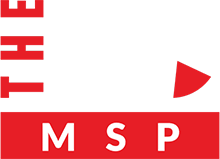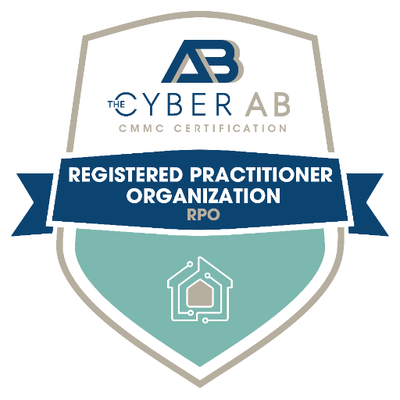Small and mid-sized businesses agree—the top skill of any IT consultant is problem-solving. When your Seattle IT consultant comes to unravel your problems they need to be able to do it quickly and efficiently. They need to identify a root cause while surfacing the best solution. The best IT consultant thinks outside the box and finds solutions that are not immediately obvious. Have you ever wondered how they do it? While there’s no shortcut to developing the skills of critical thinking and hard-earned wisdom of hows and how-nots, I offer my thoughts on how difficult problems are solved.
The first step in tackling a challenging problem is to thoroughly understand it. This means taking the time to define the problem with absolute clarity. You need to know what the problem is, its scope, and any limitations or constraints it might have. Sometimes, breaking the problem down into smaller, more manageable parts can make it easier to comprehend.
Once you have a solid grasp of the problem, it’s time to gather all the relevant information, data, and resources that might be helpful in finding a solution. This may require research, data collection, or consulting experts in the field. Concurrently, engage in brainstorming sessions to generate a variety of creative ideas and potential solutions. Embrace creativity and encourage the generation of both conventional and unconventional ideas.
With a wealth of information and ideas at your disposal, it’s essential to organize your thoughts. Develop a structured plan based on your brainstormed ideas and prioritize the most promising solutions and sub-problems. This step combines the process of organizing your thoughts logically and deciding which avenues to explore further.
As you move forward, start experimenting with the solutions you’ve selected. Be prepared to iterate and refine your strategies based on the outcomes. In essence, this step involves trying out different approaches and learning from the results. Don’t be discouraged by initial failures; they often provide valuable insights.
Recognize that you don’t have to go it alone. Seek input and advice from others, especially those with expertise in the relevant field. Additionally, continue learning about the problem domain as you progress. Sometimes, acquiring new knowledge or insights is essential to solving complex issues.
Maintaining a positive mindset is crucial throughout the problem-solving journey. View setbacks as opportunities to learn and grow, and periodically reflect on your progress. Reflection allows you to adjust your approach and refine your strategies as you gain more understanding.
While pursuing a challenging problem, it’s essential to take breaks to rest and recharge your mind. These breaks can provide fresh perspectives and prevent burnout. Also, staying motivated is key. Remind yourself why solving the problem is important, like a beacon guiding you toward your goal.
To prevent confusion and ensure efficient problem-solving, keep organized records of your progress. Maintain clear documentation of what you’ve tried, what worked, and what didn’t. Be prepared to seek help when you encounter roadblocks or feel stuck. Seeking assistance can provide new insights and directions for your problem-solving efforts.
As I said at the beginning, there’s no shortcut to developing the skills of critical thinking and hard-earned wisdom of hows and how-nots, but problem-solving at the end of the day is simply a process. Trust that you can create a structured approach to solving difficult problems—one that combines creative thinking, perseverance, and adaptability.



